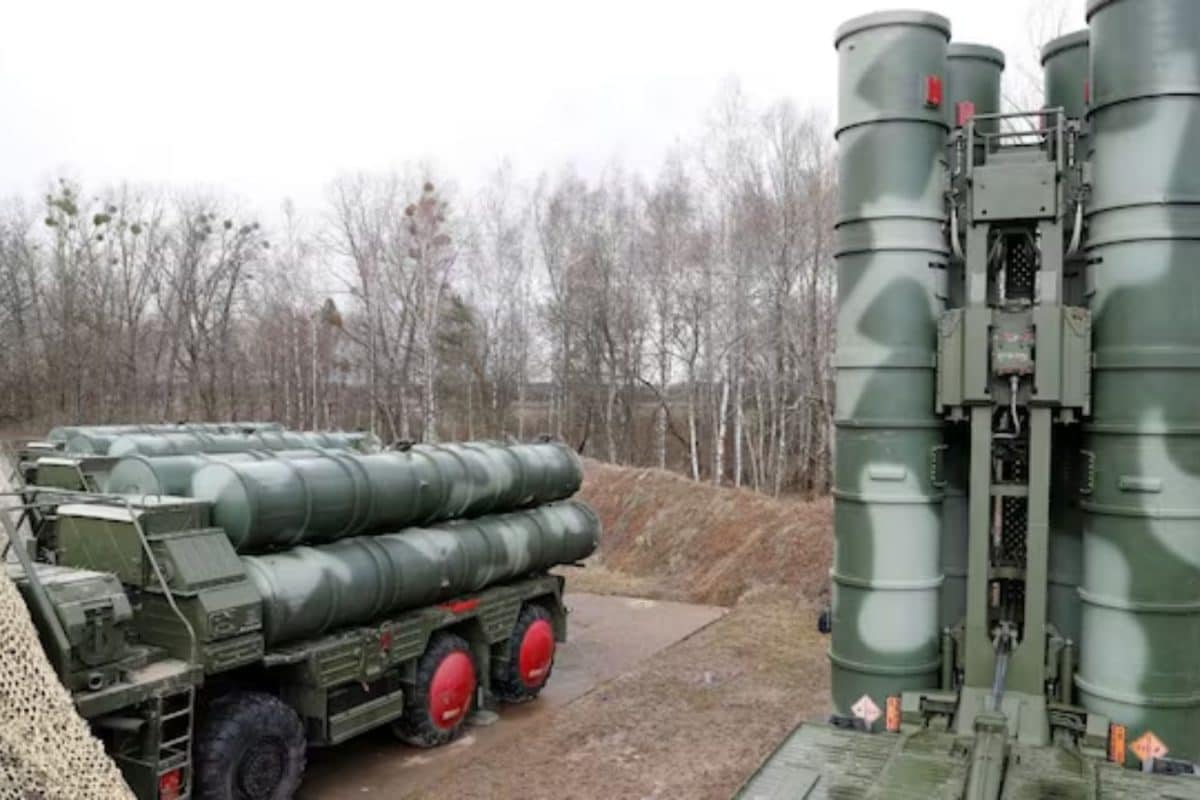

India's successful deployment of the S-400 Triumf air defense system has spurred discussions about acquiring the next-generation S-500 Prometheus. Russia has even proposed joint production of the S-500, signaling a deepening of the Indo-Russian defense partnership. However, several factors, including technological readiness, cost, integration with existing systems, and evolving geopolitical dynamics, will influence India's decision.
The S-500 represents a significant leap in air defense technology. It is designed to counter a wide array of threats, including hypersonic missiles, intercontinental ballistic missiles (ICBMs), fifth-generation fighter aircraft, and even satellites in low Earth orbit. With a reported range of up to 600 km for aerial targets and a capacity to engage up to 10 hypersonic targets simultaneously, the S-500 boasts a response time of just 3-4 seconds, significantly faster than the S-400. These capabilities would provide India with a robust shield against emerging aerial and space-based threats.
For decades, Russia has been India's primary defense supplier. However, this dependence has been eroding due to geopolitical shifts, logistical challenges, and India's diversification efforts. The conflict in Ukraine has disrupted Russian defense production, leading to delays in equipment and spare parts deliveries. Western sanctions have further constrained Moscow's ability to fulfill export orders, prompting India to reassess its reliance on Russian arms.
Despite these challenges, the India-Russia defense relationship remains strong, driven by mutual strategic interests. Russia has been a reliable partner in providing cutting-edge technology and military platforms crucial for India's defense preparedness. Joint military exercises, such as the INDRA series, reflect a deep-rooted operational cooperation that enhances interoperability and joint operational capabilities.
India's growing ties with the U.S. and its focus on domestic defense production pose additional hurdles. The U.S. has been urging India to reduce its dependence on Russian arms, while India's "Make in India" initiative prioritizes indigenous defense production. India is developing Project Kusha, an indigenous long-range air defense system designed to match the capabilities of the S-400 and potentially surpass the S-500 in the future.
The decision to acquire the S-500 is complex. India must weigh the benefits of enhanced air defense capabilities against the challenges of cost, integration, and geopolitical considerations. Joint production with Russia could offer technology transfer and strengthen defense ties, but India must also ensure the system's readiness for deployment and its compatibility with existing defense infrastructure. Ultimately, India's choice will depend on its assessment of the evolving threat landscape and its strategic priorities. Acquiring the S-500 would position India as one of the few countries with the technology to protect against a wide range of aerial and space-based threats, but it must navigate the challenges of cost, geopolitical dynamics, and its own defense indigenization goals.